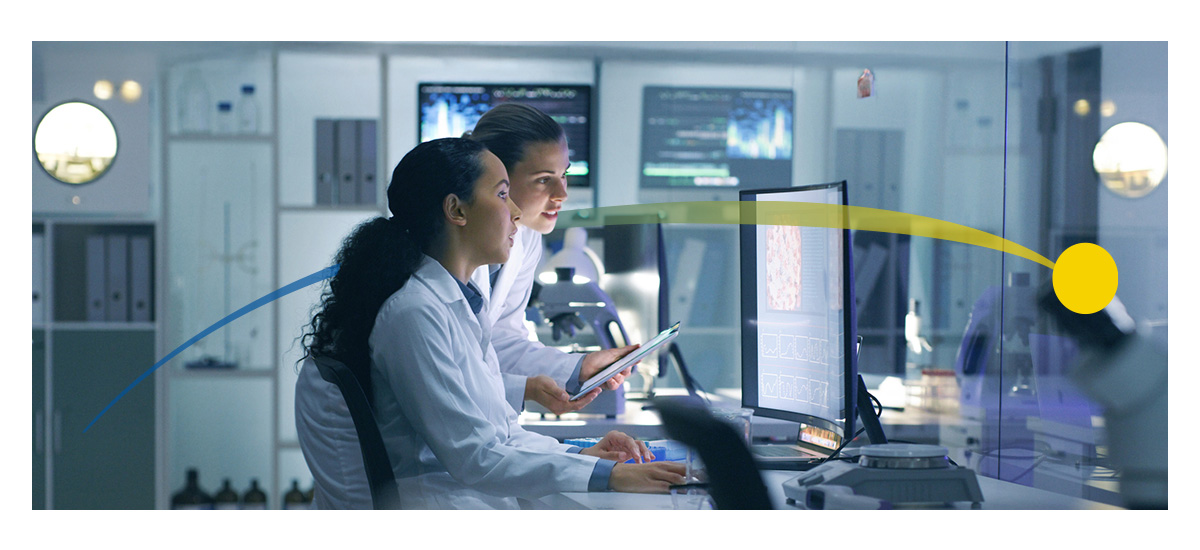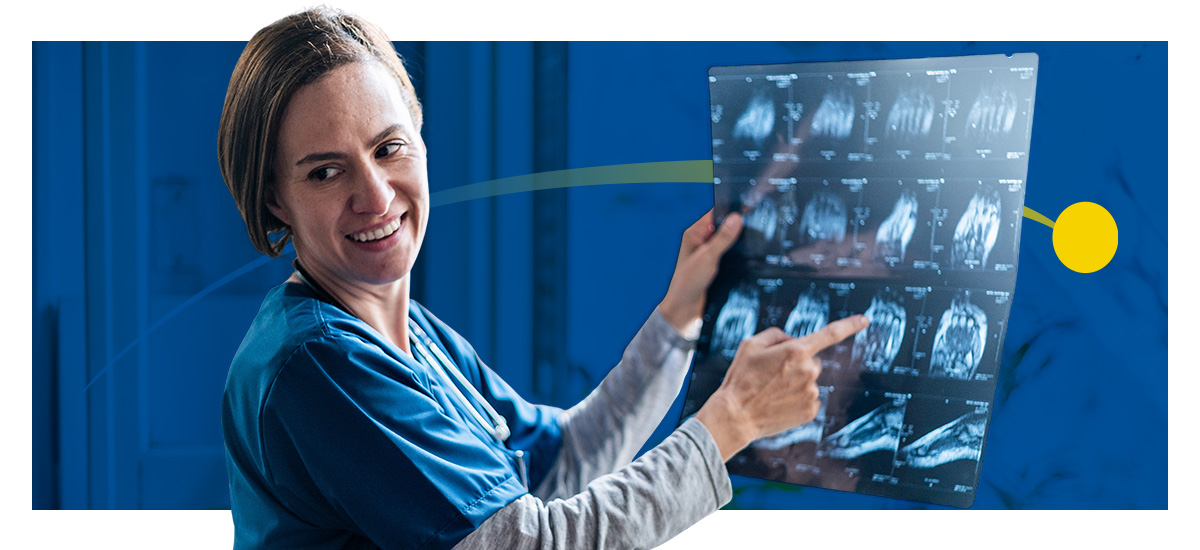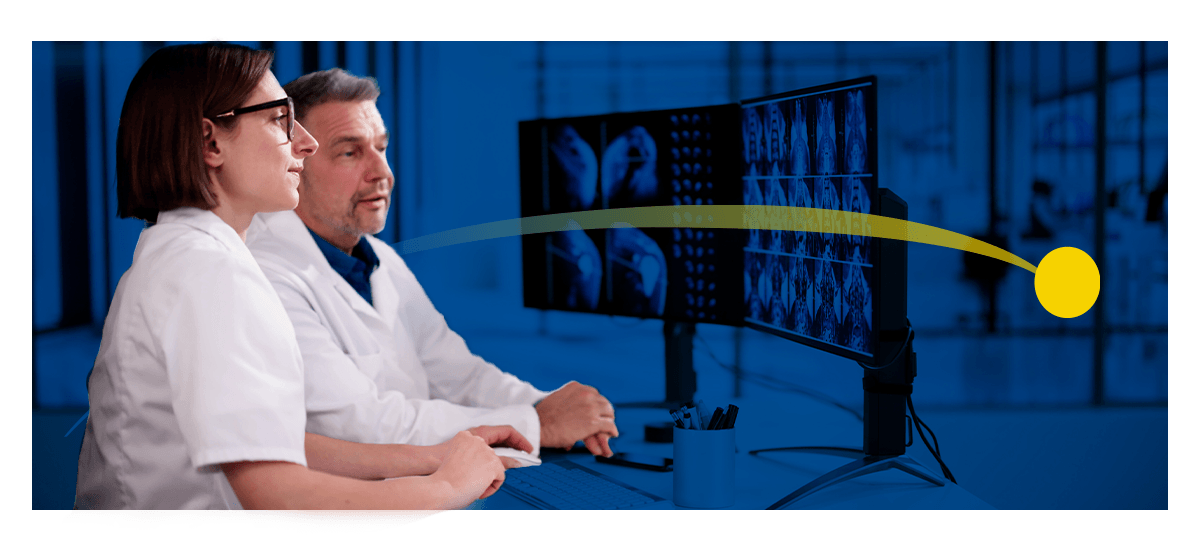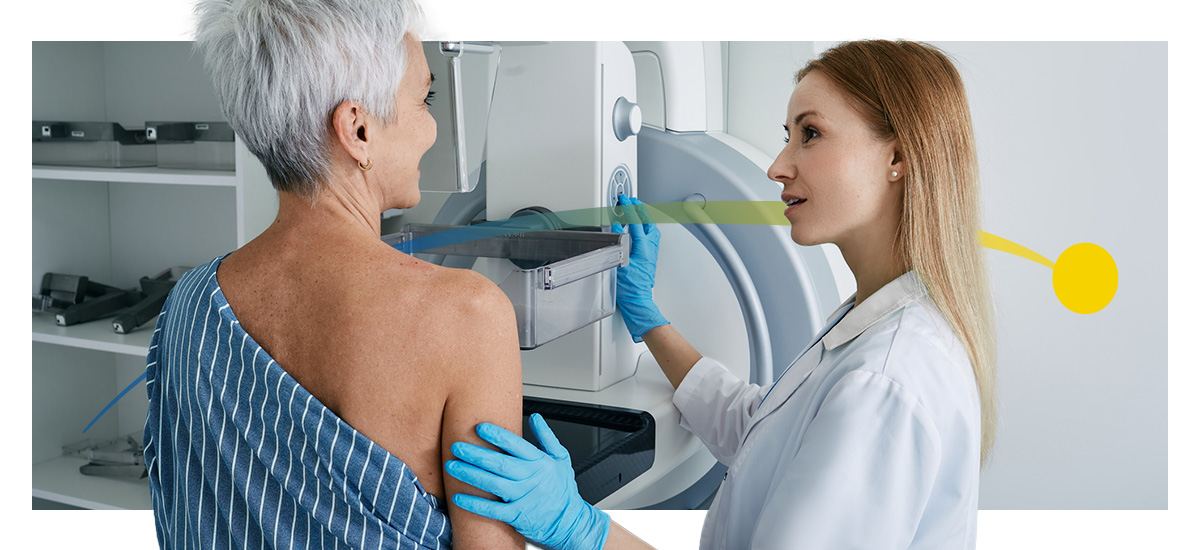Blog

Medical imaging and patient data are at the core of healthcare. When storing this information, there are two picture archiving and communication system (PACS) options — on-site PACS and cloud PACS.

Storing, sharing and managing patient medical images can be time-consuming, which may lead you to consider outsourcing your radiology department.

Radiology departments require information to flow quickly and securely to protect their resources and the patient experience.

Radiology dictation software is a game-changer for radiologists looking to streamline their operations and note-taking processes.

The integration of artificial intelligence (AI) in radiology has transformed the practice and delivery of healthcare in the field. As AI capabilities continue to develop, radiologists find more ways to leverage this technology to improve various processes, from image analysis and interpretation to routine tasks.

More than 42 million mammograms were reported in the United States in 2024, with regular screenings helping slash the risk of dying from breast

Medical workflow management systems — including RIS, LIS, CIS and HIS — are used daily in health care and often found in radiology practices and departments.

The rapid rise of digitization in the health care industry has spurred many providers to upgrade and modernize their tech systems.

Digital Imaging and Communications in Medicine (DICOM) is the global standard image processing model used by health care orga
